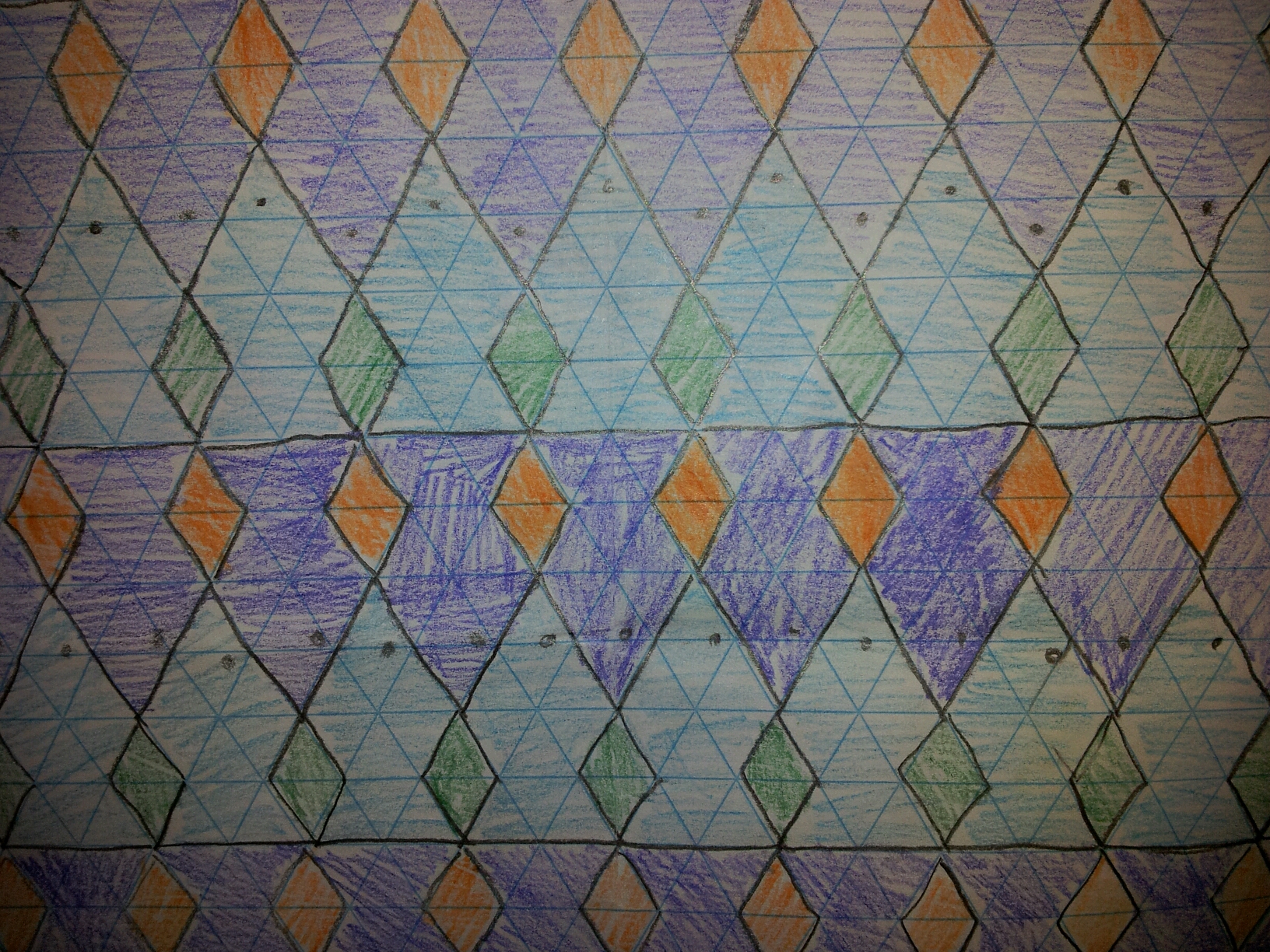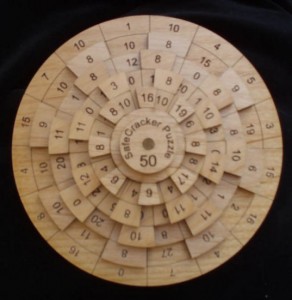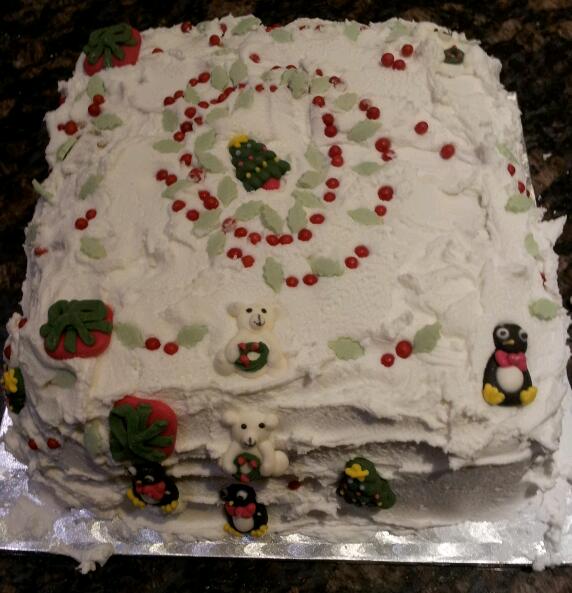Test reviews/reflections … possibly one of the dullest type of lesson! I ask my students to write a list containing three topic specific things they are proud of, three topic specific things that could be improved upon and any ‘Maths Health Warnings’.
Image designed at: http://www.speedystamps.co.uk/
What is a ‘Maths Health Warning’?
I’m glad you asked!
They are silly mistakes, mild misconceptions, badly managed arithmetic and not reading the questions. They are bad for your mathematical health because a minor error at the start of a solution can cripple your chances of correctly solving a problem. These errors can infect any topic from grade G data to A* trigonometry.
I discuss common mistakes and it is up to pupils to decide which health warnings they need – this usually involves highlighter/feltpens and circling/starring the issue.
Examples
Having recently marked topic tests from grade E to A, here is a list of transferable mistakes:
- Not reading the question!
- Mismanaging negatives
- Not using the correct equipment for diagrams
- Expanding brackets correctly and simplifying incorrectly
- Mishandling decimals in calculations
- Not reading the question (it happens a lot)!
- Rounding the calculation too soon
- Rounding incorrectly to decimal places/significant figures
- Typing a calculation into a calculator incorrectly
- Forgetting there are only 60mins in an hour
- Not using 2dp for money
- ….this list could get rather long!
Once students start identifying these types of errors themselves, they become more aware of them in their classwork, homework and assessments. This results in improved understanding and progress.
Next steps
You might want to generate your own ‘Maths Health Warning’ stampers or stickers. You could put warnings in your students books and ask them to identify the error.







